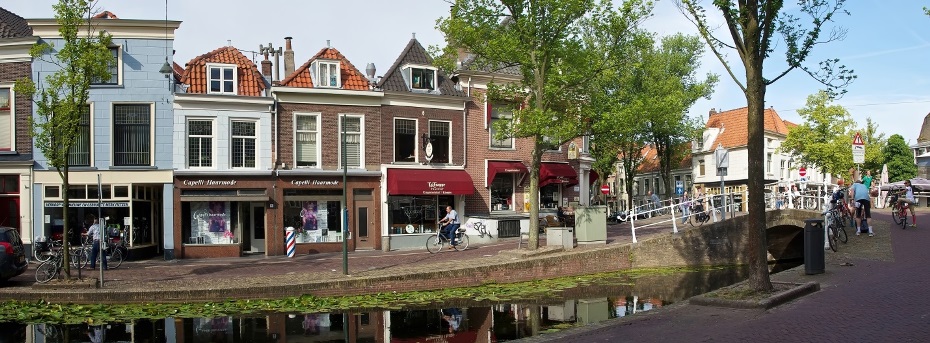Most nations worldwide have recently committed to solving their most severe challenges of sustainability by 2030, including eradicating extreme poverty and providing universal access to basic services. But how? Rapid urbanization is creating the conditions for widespread economic growth and human development, but its consequences are very uneven.
“Some inequities are, to a certain extent, inevitable,” says Christa Brelsford, an author of the study, who was (during the research) a postdoctoral fellow through Arizona State University and the Santa Fe Institute. She’s presently a Liane Russell fellow at Oak Ridge National Laboratory. “There will always be people and places with access to ‘just a little bit more’, but we found that the degree of inequity among access to housing and services varies a great deal across different cities.”
Brelsford says that “by directly measuring heterogeneity in infrastructure access, we can provide a general model for how to support more just, equitable, and sustainable development that is consistent with the UN Sustainable Development Goals.”
This new research published in the Proceedings of the National Academy of Sciences (PNAS) shows how measures of sustainable development—-identified by residents of poor neighborhoods—-can be combined into a simple and intuitive index. Its analysis reveals that challenges of development are typically first addressed in large cities but that severe inequalities often result as patterns of spatially segregated rich and poor neighborhoods. A new systematic understanding of these processes is critical for devising policies that produce faster and more equitable universal sustainable development.
Rapid worldwide urbanization is at once the main cause and, potentially, the main solution to global sustainable development challenges. The growth of cities is typically associated with increases in socioeconomic productivity, but it also creates strong inequalities. Despite a growing body of evidence characterizing these heterogeneities in developed urban areas, not much is known systematically about their most extreme forms in developing cities and their consequences for sustainability.
This paper characterizes the general patterns of income and access to services in a large number of developing cities, with an emphasis on an extensive, high-resolution analysis of the urban areas of Brazil and South Africa. The researchers use detailed census data to construct sustainable development indices in hundreds of thousands of neighborhoods and show that their statistics are scale-dependent and point to the critical role of large cities in creating higher average incomes and greater access to services within their national context.
The authors then quantify the general statistical trajectory toward universal basic service provision at different scales to show that it is characterized by varying levels of inequality, with initial increases in access being typically accompanied by growing disparities over characteristic spatial scales. These results demonstrate how extensions of these methods to other goals and data can be used over time and space to produce a simple but general quantitative assessment of progress toward internationally agreed sustainable development goals.
Photo of Delft, Netherlands via Adobe Stock
Download full PNAS paper by Christa Brelsforda, José Lobob, Joe Handa, and Luís M. A. Bettencourt.

